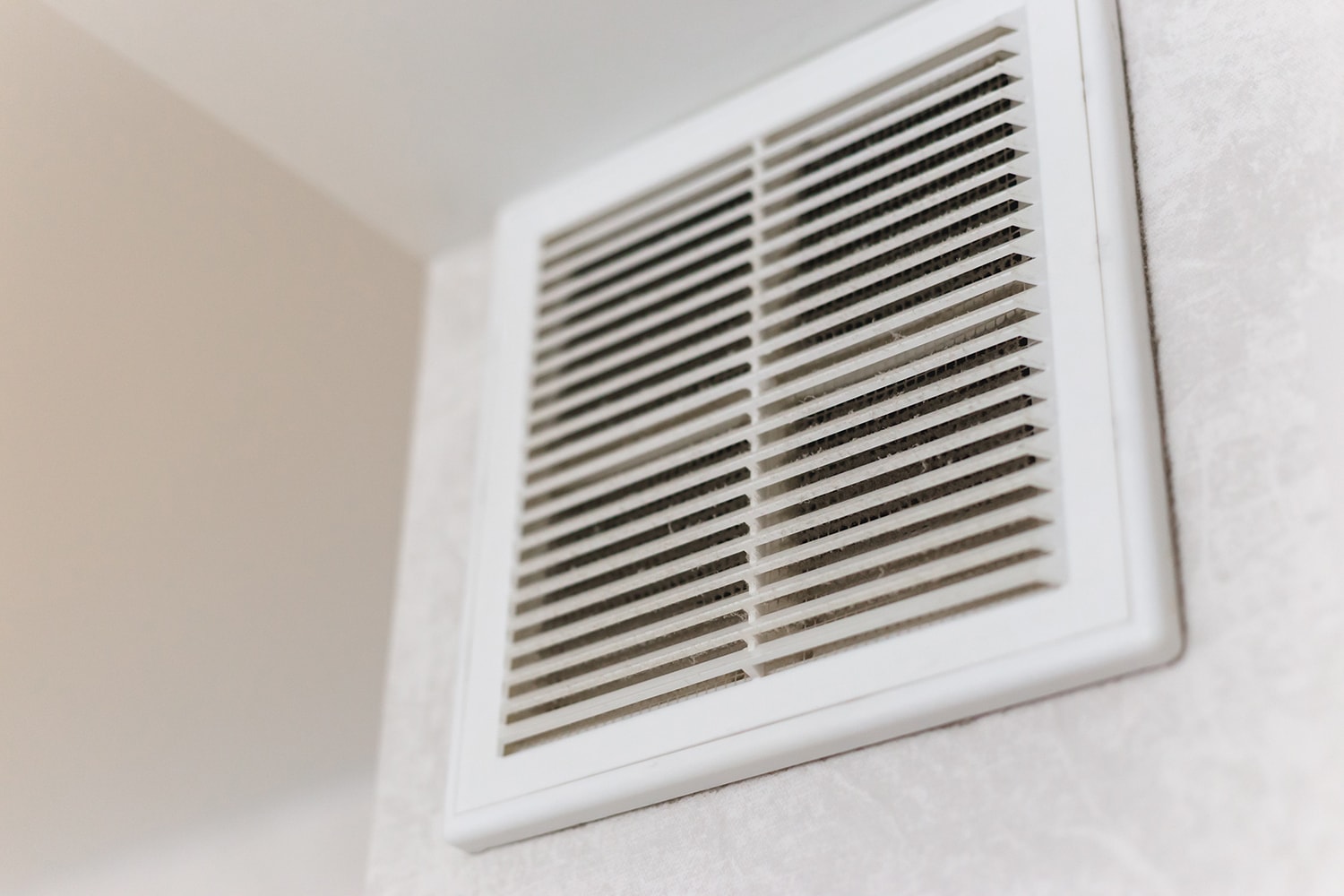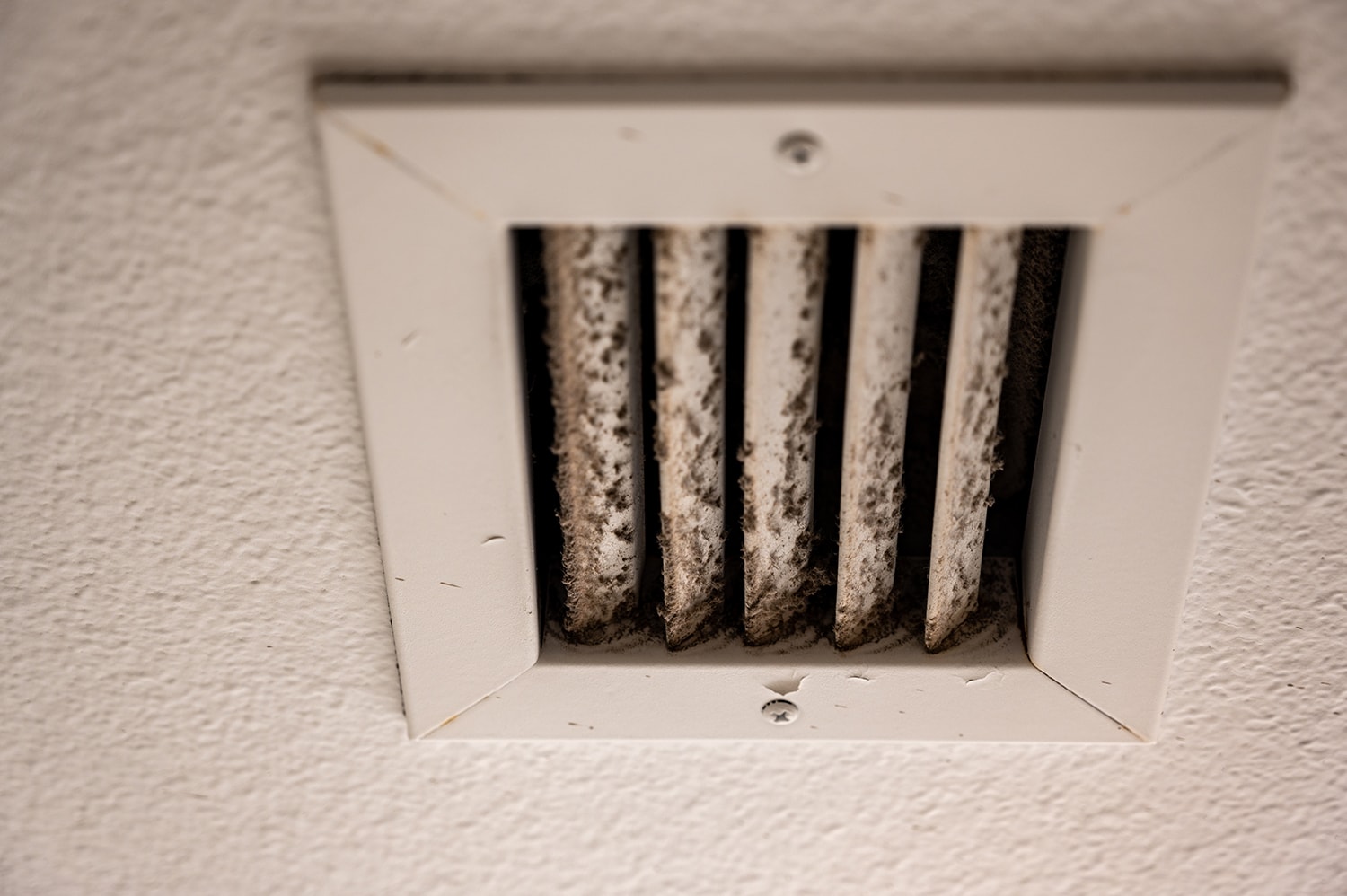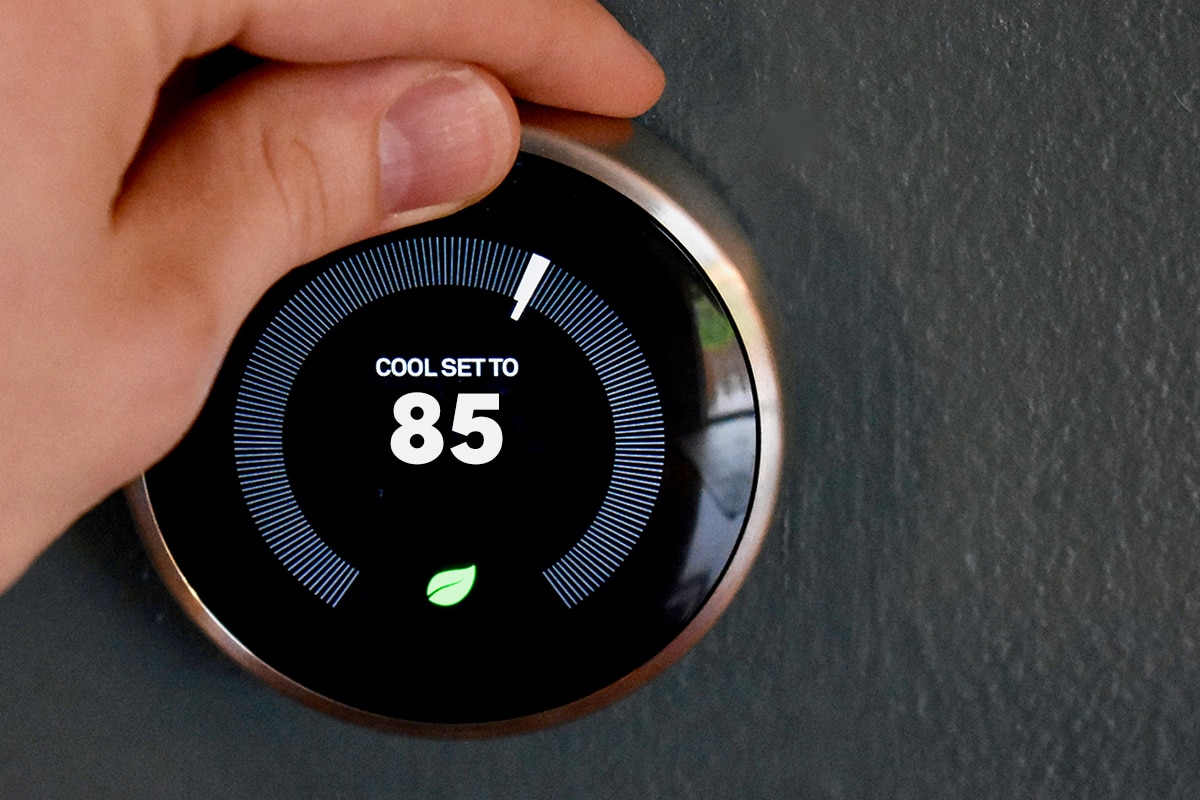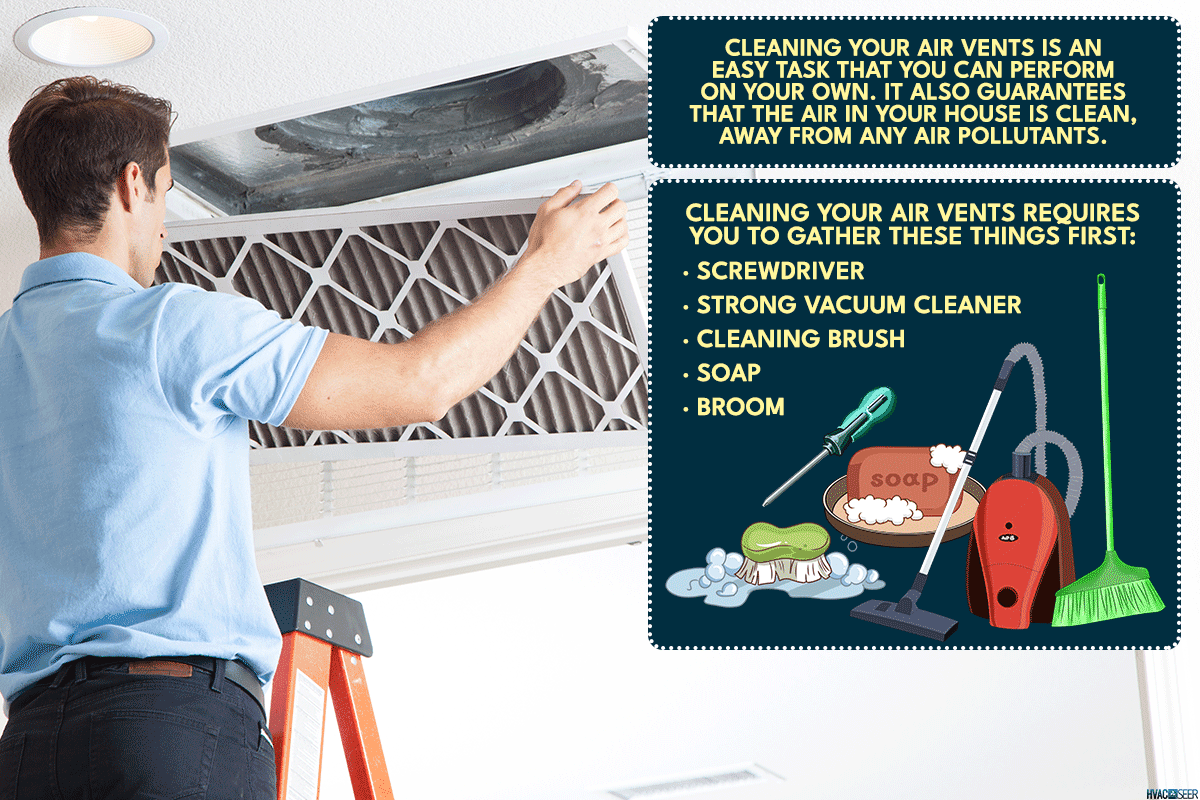During the summer months, your air conditioner must operate even harder to keep your house comfortable. You might see water droplets developing on your air vents on hot days due to condensation. Now you might wonder if this is a normal event. We researched this to bring the answer you need.
The condensation in your air vents doesn't necessarily indicate a problem or your air conditioner having an issue. However, this might still need your attention to ensure your air vent's overall functionality. Nevertheless, a quick air vent inspection is always a great idea.
Keep reading! There's so much information waiting for you to unwrap below. That said, let's jump into them!
What Does Condensation On Air Vents Tell You?
If you ever notice any moisture coming from your air vents, you're dealing with a condensation issue. This implies that your house's thermal level is relatively hot or, alternatively, it could also be an air conditioning water leak issue.
As you know, condensation develops when hot, humid air meets a cool surface. This is the exact opposite of vaporization, much like a cold drink on an excessively hot day. Moisture will slowly form due to hot air making contact with the cold bottle.
This problem might signify that your air duct system needs a thorough evaluation. Remember that condensation might result in expensive repair costs or property damage if you don't address it right away.
What Are The HVAC Problems That Cause Condensation In The Air Vent?

Condensation can happen for a variety of reasons besides ambient humidity. After all, are you certain whether it is condensation or an HVAC leaky issue that you're dealing with? Regardless, it's critical to pinpoint whether the moisture coming from your air vent is indeed leaking or is just condensation.
Here are the common causes of condensation in your air vent:
Obstructed Air Ducts
Airflow can be restricted by blocked air ducts, which would force cold air back onto the air conditioner. Condensate gathers around the vents when the AC unit cools down and eventually leads to leaking air ducts. This is a particularly frequent occurrence since metal ducts cool more quickly than other insulating materials.
Condensate Pump Is Leaking
If your condensate pump is malfunctioning, that could potentially be a source of water leaks. A condensate pump could develop into a haven for mold and mildew, which can accumulate over time and clog your pump.
This is due to frequent exposure to moisture. If you keep ignoring it, a leaky condensate pump can cause flooding in your home aside from condensation.
Severely Dirty Air Filters
Your air conditioning system could experience several problems as a result of dirty air filters and evaporator coils. Airflow is hampered by a significantly dirty filter, which confines cold air inside the air conditioner.
Condensation forms in your air ducts as a result of this cold air cooling. This problem can be resolved by cleaning the air filter on your air conditioner once every 30 to 60 days.
Visit this Air Filter On Amazon.
Evaporator Coils Issues
Additionally, a dirty evaporator coil significantly reduces the air conditioner's ability to sufficiently cool your house. Thus, the humidity will increase and surely creates condensation in your air ducts.
Condensation forms on the air ducts as a result of the ice's strong cooling effect on the appliance. You should clean your evaporator coils about once a year to prevent condensation issues and extend your AC system's lifespan.
Low Freon In The System
If there are insufficient refrigerant levels in your air conditioner, it will ice up the AC and stop working correctly. As a result of the air conditioner's inability to maintain dry, cool air inside, your room will inevitably get humid.
When condensation surrounds the AC ducts, the air vents begin to perspire. If you suspect a leak is the cause of your low refrigerant levels, call a specialist to remedy the problem.
Clogged Drain Line
Your drain line might be the cause of this issue if you see considerable moisture coming from your air vent. Dirt debris, algae, and mold build-up in the drain line can certainly impede the water out in it.
As a result, water from your AC's drain pan will overflow and potentially move back into your air vents. On top of that, this could damage the other vital components of your air conditioner.
How Do I Know If There Is Mold In My Air Ducts?

Mold growth in air ducts can be rampant during the scorching summer season. Due to this, preventative measures are necessary before this problem poses a more serious threat to your health. However, how would you know if mold is developing in your air ducts anyway?
Mold Is Visible
You can spot the mold growing in the air ducts. The fungus may be particularly obvious on the vents and in the area of the air ducts.
Allergic Reaction
You'll be exposed to some allergic reactions when mold is present in your air ducts. The common allergic reactions you could experience are eye irritation, itchy skin, headache, breathing issues, and coughing.
Unpleasant Musty Smell
Mold produces heavy microbial volatile organic compounds (mVOCs) as they spread from the air. The stinky smell is more noticeable around the air vent, where the mold is growing. You can detect it when your heater or air conditioner is operating.
What Is The Ideal Indoor Temperature To Stop Condensation On Air Vents?

Condensation occurs as the vapor turns into water when the air thermal level hits its cooling state. You can get rid of the condensation in your vents by ensuring your house temperature is at a proper level.
Depending on your outdoor thermal condition but proper indoor humidity level you must follow is around 70°F or 20°C. This humidity level is adequate to stop condensation not only to your air ducts but to the entire house.
Will A Dehumidifier Stop Condensation On Air Vents?

A dehumidifier's job is to remove excess moisture from space. It sprays warm air to stop the air from converting to liquid and destroying the mold before it can spread.
See this Dehumidifier on Amazon.
It is essential to install a dehumidifier in places where moisture is frequently abundant, such as bathrooms, basements, or kitchens. Understand that when using a dehumidifier, the temperature may rise a little bit.
This is the result of your dehumidifier running nonstop while the moisture has already run dry. When you decide the room is warm enough, switch off your dehumidifier. You can effectively stop the condensation and, at the same time, conserve electricity as well.
How Do You Clean Your Air Vents Yourself?

Cleaning your air vents is an easy task that you can perform on your own. It also guarantees that the air in your house is clean, away from any air pollutants.
Anyhow, cleaning your air vents requires you to gather these things first:
- Soap
- Broom
- Screwdriver
- Cleaning brush
- Strong vacuum cleaner
Get this heavy-duty Vacuum Cleaner on Amazon.
Once you've gathered all of them, follow us below for easy and correct cleaning steps:
- First, switch off the power breaker of both the heating and air conditioner unit.
- Securely unscrew the air vent cover, holding it from the walls, using your screwdriver.
- Properly clean the air vent grates using your brush; if the grates are severely dirty, use soap to loosen the dirt.
- We highly suggest using only a heavy-duty type of vacuum as the regular household vacuum isn't strong enough to suck out the dirt inside your air vents properly. Thoroughly vacuum your air vents to ensure you get all the dirt, including molds and mildew.
- Include the grills in your ceiling air vents, reaching them with your broom to properly clean them.
Note: This simple step-by-step procedure to clean your air ducts is applicable for those who prefer to do it yourself. Otherwise, we highly advise hiring a cleaning contractor to ensure the quality of the job.
How Often Should You Clean Air Vents?
Cleaning your air ducts every two to five years is prescribed by most experts. You can avoid various maintenance and health issues by adhering to this regular cleaning time cycle.
Moreover, air duct cleaning should be done more frequently than usual in households with pets or kids who have allergies.
In Closing
In essence, condensation build-up in your air vents is normal, depending on your climate condition. What isn't normal is if you neglect it repeatedly and don't follow our detailed advice, which we've mentioned early on.
However, a puddle of water or dripping water in your air vents is not a condensation problem anymore. So inspecting your other HVAC components and cleaning them accordingly will ensure you avoid leaking issues.
If you enjoy reading this post, kindly read also our other article below!



